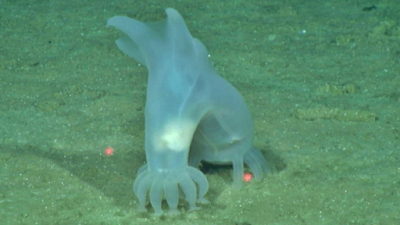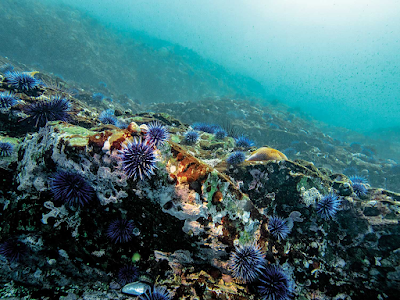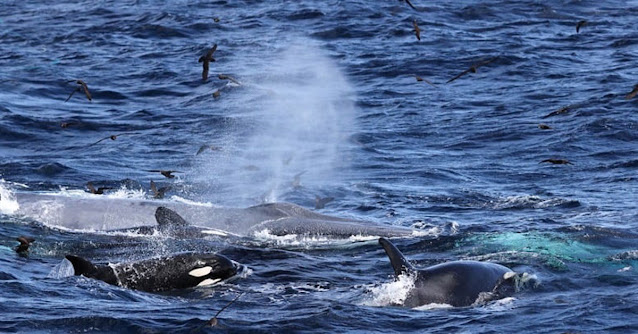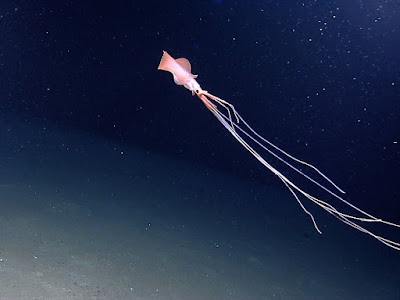Did primitive cetaceans feed like marine reptiles?

Did the first whales pick up where the mosasaurs left off when 66 million years ago all the large marine predators became extinct? The University of Liège's EDDyLab (Belgium) developed this research to investigate whether there were morphological and behavioral convergences between whales and mosasaurs which was published in Paleobiology. We are familiar with modern whales and dolphins, but the extinct predecessors of these modern marine animals closely resembled ancient aquatic animals, especially the mosasaurs, a group closely related to snakes and lizards. "Superficial similarities have long been noted, but the idea that these two groups might be functionally similar has never been rigorously tested," explains Rebecca Bennion, a doctoral student at ULiège's EDDyLab and first author of the study. The research, which has just been published in the journal Paleobiology and was carried out by an international team of scientists based in Europe, the USA, and New Zealan...




